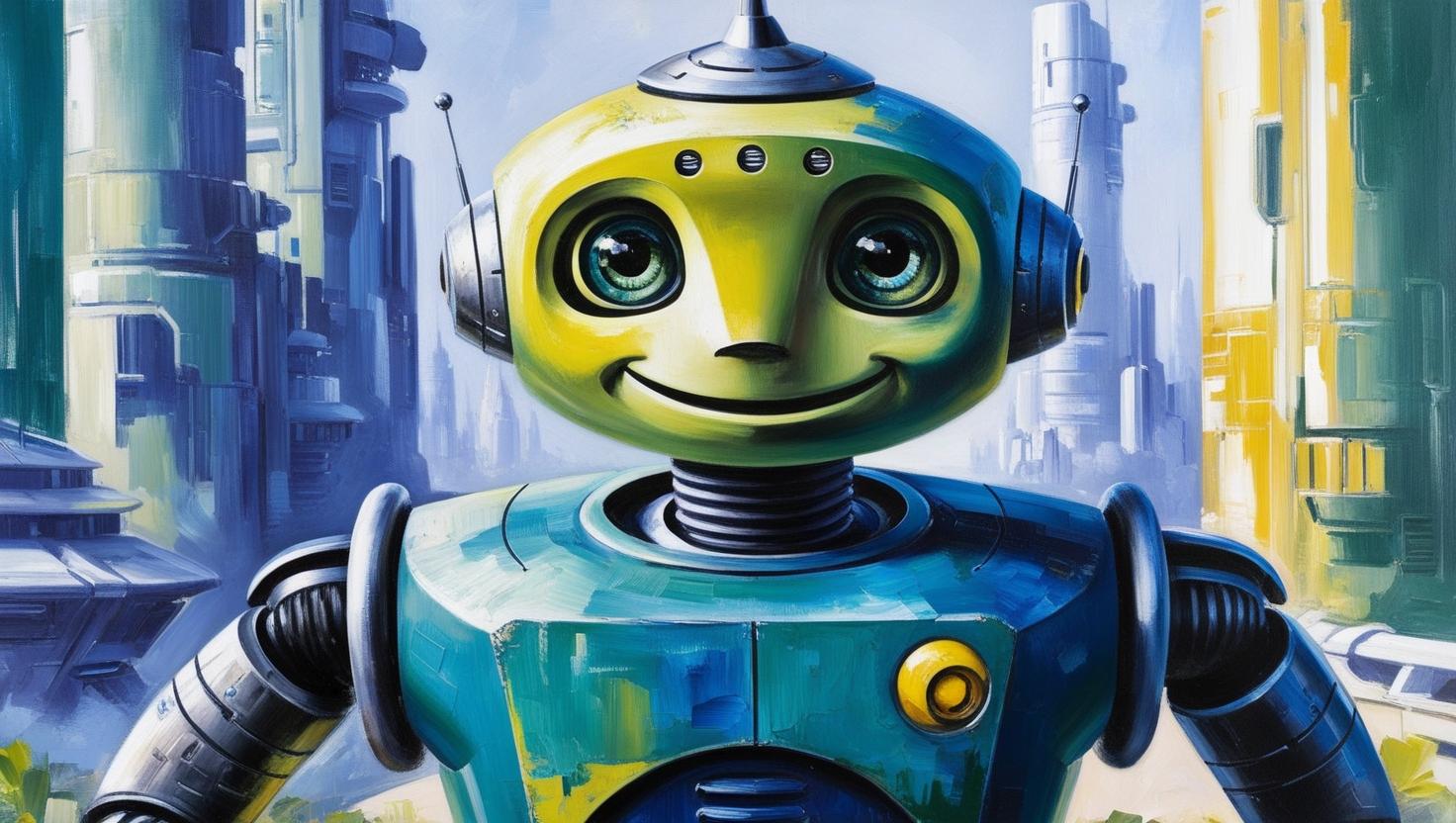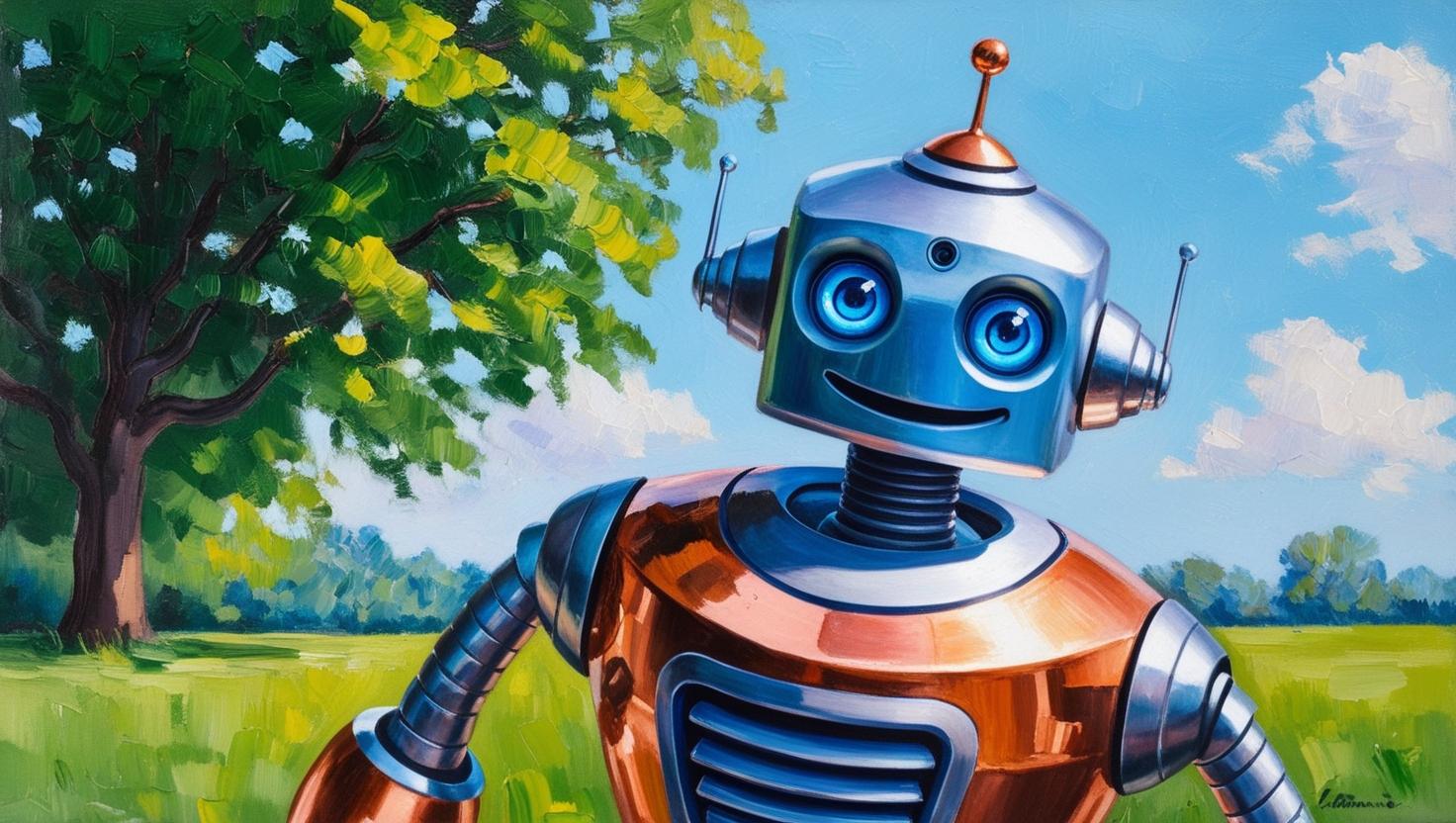The integration of artificial intelligence (AI) into the painting robot market has ushered in a new era of automation, precision, and efficiency. The AI impact on painting robot market is reshaping industries such as automotive, aerospace, construction, and manufacturing by enabling smarter, more adaptable robotic systems. As businesses strive for higher productivity, reduced costs, and sustainable practices, AI-powered painting robots are becoming indispensable.

Understanding the Core of AI-Powered Painting Robots and Their Market Evolution
The AI impact on painting robot market begins with understanding the role of AI in enhancing robotic capabilities. Painting robots are automated systems designed to apply coatings, paints, or finishes to surfaces with high precision. Traditionally, these robots relied on pre-programmed instructions, limiting their adaptability to complex or variable tasks. The introduction of AI has revolutionized this landscape, enabling robots to learn, adapt, and make real-time decisions. By incorporating machine learning, computer vision, and advanced algorithms, AI-powered painting robots can analyze surfaces, adjust spray patterns, and optimize paint usage, ensuring consistent quality and efficiency.
Technological Advancements Driving the AI Impact on Painting Robot Market Growth
The AI impact on painting robot market is most pronounced in the technological innovations that empower painting robots to perform complex tasks. One of the key advancements is the integration of machine learning algorithms, which allow robots to learn from data and improve their performance over time. For instance, AI enables robots to detect surface irregularities, adjust paint thickness, and minimize overspray, reducing material waste. Computer vision, another critical component, equips robots with the ability to scan surfaces, identify defects, and adapt their painting techniques in real time. This ensures a flawless finish, even on intricate or irregular surfaces.
Moreover, the AI impact on painting robot market is amplified by the development of advanced sensors and IoT (Internet of Things) connectivity. These technologies enable painting robots to communicate with other systems, monitor environmental conditions, and optimize their operations. For example, AI-driven robots can adjust their painting parameters based on humidity or temperature, ensuring consistent results. Collaborative robots, or cobots, are another innovation, designed to work alongside human operators without the need for safety barriers. The AI impact on painting robot market is evident in the flexibility and safety features of cobots, which enhance productivity in shared workspaces. These technological advancements are not only improving efficiency but also making painting robots more accessible to small and medium-sized enterprises (SMEs).
Key Industries Benefiting from the AI Impact on Painting Robot Market Expansion
The AI impact on painting robot market is transforming a wide range of industries, with automotive, aerospace, and construction leading the charge. In the automotive sector, AI-powered painting robots are critical for applying coatings to vehicle bodies, ensuring uniformity and durability. These robots can handle high-volume production lines, reducing labor costs and improving turnaround times. The AI impact on painting robot market is particularly significant in this sector, as manufacturers strive to meet consumer demand for customized vehicle finishes while maintaining cost efficiency.
The aerospace industry also benefits from the AI impact on painting robot market, where precision and safety are paramount. Painting robots equipped with AI can apply specialized coatings to aircraft components, ensuring compliance with strict regulatory standards. Similarly, in construction, AI-driven robots are used to paint large structures, such as bridges and buildings, with minimal human intervention. This reduces the risk of accidents and enhances project efficiency. Other industries, such as electronics and consumer goods, are also adopting AI-powered painting robots to achieve high-quality finishes on products like smartphones and appliances. The AI impact on painting robot market is creating new opportunities for automation across diverse sectors, driving market growth and innovation.
Market Drivers and Opportunities Fueling the AI Impact on Painting Robot Market
Several factors are driving the AI impact on painting robot market, creating a fertile ground for growth and innovation. One of the primary drivers is the increasing demand for automation in manufacturing. As industries face rising labor costs and the need for precision, AI-powered painting robots offer a cost-effective solution. The AI impact on painting robot market is also fueled by the push for sustainability. AI-driven robots optimize paint usage, reduce waste, and minimize environmental impact, aligning with global sustainability goals. For example, AI algorithms can calculate the exact amount of paint needed for a surface, reducing overspray and material costs.
Another key driver is the rise of Industry 4.0, which emphasizes smart manufacturing and connectivity. The AI impact on painting robot market is closely tied to this trend, as AI-powered robots integrate seamlessly with smart factory systems, enabling real-time data analysis and process optimization. Additionally, the growing adoption of AI in emerging markets, particularly in Asia Pacific, is creating new opportunities. Countries like China and India, with their booming automotive and manufacturing sectors, are investing heavily in AI-driven automation, further amplifying the AI impact on painting robot market. These drivers are not only boosting market growth but also encouraging manufacturers to innovate and develop more advanced robotic solutions.

Challenges and Limitations in the AI Impact on Painting Robot Market Development
Despite its transformative potential, the AI impact on painting robot market faces several challenges that could hinder its growth. One of the primary obstacles is the high initial cost of AI-powered painting robots. While these systems offer long-term cost savings, the upfront investment can be prohibitive for SMEs. The AI impact on painting robot market is also affected by the complexity of integrating AI systems into existing workflows. Manufacturers may need to overhaul their production lines or train staff to operate advanced robotic systems, which can be time-consuming and costly.
Another challenge is the lack of standardized regulations for AI in robotics. The AI impact on painting robot market operates in a regulatory gray area, with varying privacy and safety laws across regions. For instance, the European Union’s AI Act, set to be implemented in 2025, introduces strict rules for high-risk AI systems, which could impact the development and deployment of painting robots. Additionally, concerns about data privacy and algorithmic bias in AI systems pose ethical challenges. The AI impact on painting robot market must address these issues to ensure trust and widespread adoption. Overcoming these challenges will require collaboration between manufacturers, policymakers, and industry stakeholders to create a supportive ecosystem for AI-driven automation.
Competitive Landscape and Key Players Shaping the AI Impact on Painting Robot Market
The AI impact on painting robot market is highly competitive, with several key players driving innovation and market growth. Companies like ABB Robotics, FANUC Corporation, KUKA Roboter GmbH, and Yaskawa Electric Corporation are at the forefront, leveraging AI to enhance their painting robot offerings. ABB Robotics, with revenues of approximately USD 26 billion, focuses on automation solutions for painting and surface finishing, integrating AI to improve productivity. FANUC, a leader with over USD 5 billion in revenue, is known for its innovative painting robots that minimize downtime and enhance precision. The AI impact on painting robot market benefits from these companies’ investments in research and development, which drive the creation of smarter, more adaptable robotic systems.
Other notable players include Dürr Aktiengesellschaft, CMA Robotics Spa, and Kawasaki Heavy Industries Ltd., which are expanding their AI-driven painting robot portfolios to cater to diverse industries. These companies are also exploring partnerships with tech giants like Microsoft and NVIDIA to integrate advanced AI models into their robots. The AI impact on painting robot market is further enriched by emerging players like Staubli Robotics, which focus on user-friendly, AI-enhanced robots that integrate seamlessly into existing systems. This competitive landscape fosters continuous innovation, ensuring that the AI impact on painting robot market remains dynamic and forward-looking.
Regional Insights into the AI Impact on Painting Robot Market Growth
The AI impact on painting robot market varies across regions, with Asia Pacific leading the charge. In 2024, the region accounted for a significant share of the global market, driven by rapid industrialization and strong demand for automation in countries like China, Japan, and South Korea. The automotive and electronics sectors in Asia Pacific rely heavily on AI-powered painting robots to meet production demands. The AI impact on painting robot market in this region is supported by government initiatives promoting smart manufacturing and sustainability.
North America is another key market, with the United States driving growth through investments in automotive, aerospace, and industrial automation. The AI impact on painting robot market in North America benefits from a robust technological infrastructure and a strong presence of venture capital, fostering innovation. Europe, meanwhile, is witnessing steady growth, particularly in Germany and the United Kingdom, where manufacturers are adopting AI-driven robots to enhance efficiency and comply with environmental regulations. The AI impact on painting robot market is poised for global expansion, with each region contributing to its growth through unique strengths and opportunities.
Future Trends and Predictions for the AI Impact on Painting Robot Market
The AI impact on painting robot market is set to evolve rapidly in the coming years, driven by emerging trends and technological breakthroughs. One key trend is the rise of generative AI, which could enable painting robots to create custom designs or patterns based on user inputs. This could open new avenues for creative applications in industries like interior design and consumer goods. The AI impact on painting robot market will also benefit from advancements in
5G connectivity, which will enhance real-time communication between robots and cloud-based AI systems, improving performance and scalability.
Another trend is the growing emphasis on human-robot collaboration. The AI impact on painting robot market will see increased adoption of cobots that work alongside human operators, combining AI’s precision with human creativity.
Embracing the AI Impact on Painting Robot Market for a Smarter Future
The AI impact on painting robot market is a testament to the power of technology to transform industries and drive progress. By enabling smarter, more efficient, and sustainable painting robots, AI is revolutionizing the way businesses operate, from automotive assembly lines to aerospace manufacturing. While challenges like high costs and regulatory uncertainties remain, the market’s growth trajectory is undeniably strong, fueled by innovation, competition, and global demand. As we look to the future, the AI impact on painting robot market promises to deliver cutting-edge solutions that enhance productivity, reduce environmental impact, and pave the way for a smarter, more connected world. Embracing this transformation will be key to staying ahead in an increasingly automated and AI-driven landscape.


